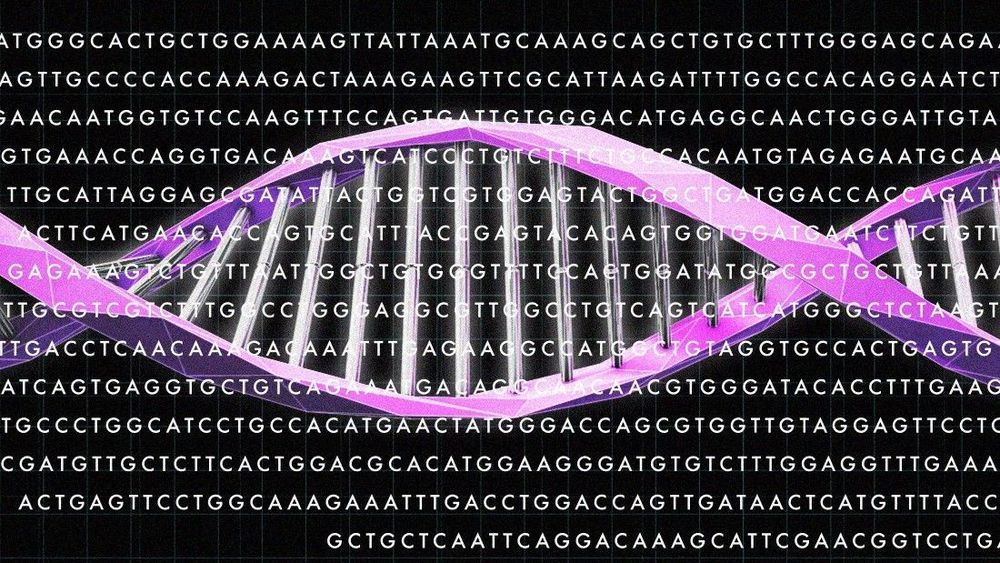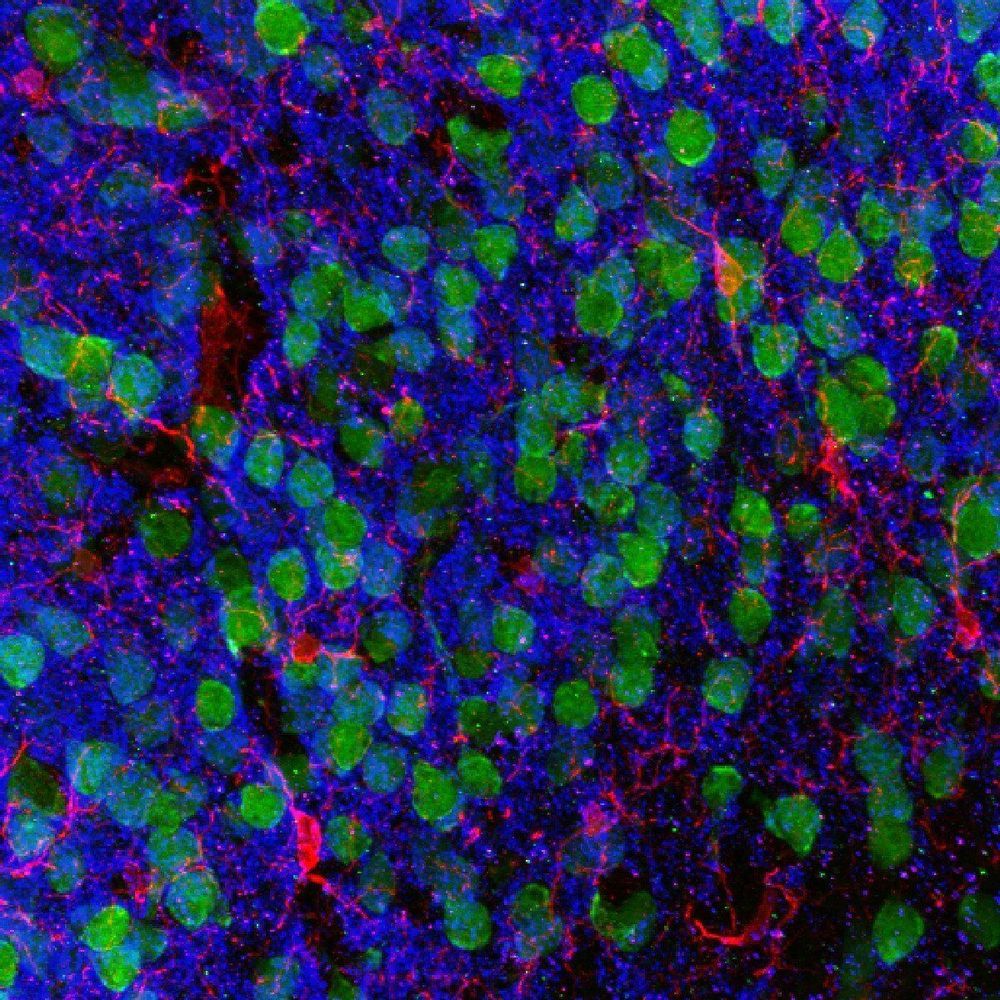Oct 28, 2019
How sunlight on the skin directly affects the gut microbiome
Posted by Genevieve Klien in categories: biotech/medical, genetics
New research from a team of Canadian scientists has for the first time demonstrated how exposure to Narrow Band Ultraviolet B light (UVB) can directly influence gut microbiome diversity in humans. The research hypothesizes that this result is modulated by vitamin D and presents evidence of a novel skin-gut communication pathway.
Autoimmune diseases such as inflammatory bowel disease (IBD) and multiple sclerosis are thought to be caused by a number of environmental and genetic factors. Gut bacterial diversity, exposure to sunlight and vitamin D levels, have all been observed as influential factors for inflammatory disease, however a new study is asserting a causal chain may link all three of these elements.
The new research examined 21 female subjects who were all administered three 60-second full-body UVB exposure sessions across one week. Blood and fecal samples were taken from all subjects at the beginning and end of the study to track changes to vitamin D levels and gut bacterial diversity. Half of the subjects were noted as having taken vitamin D supplements across the prior three winter months.

















